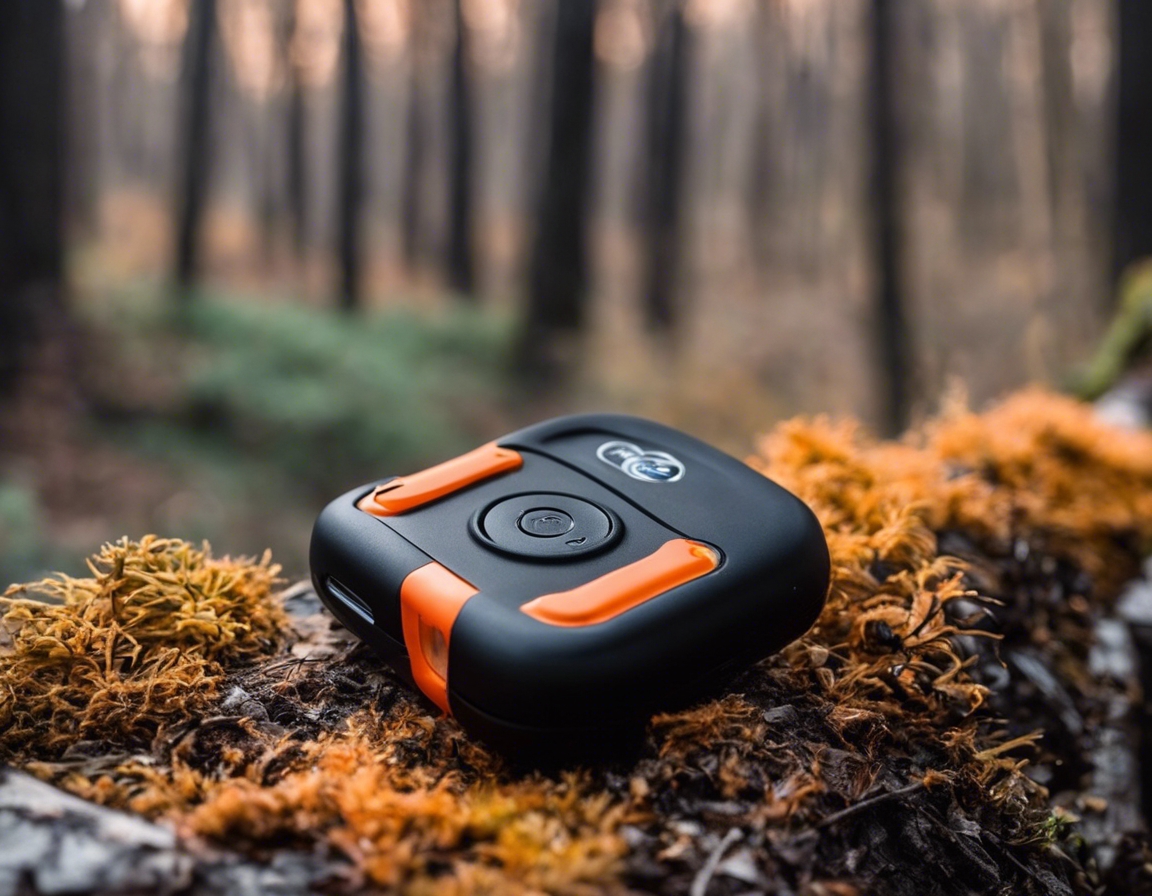The benefits of radio boundaries for your dog
Radio boundaries, commonly known as invisible fences or wireless dog fences, are an innovative solution for pet containment that uses radio frequency to define the limits within which your dog can roam freely. This system provides an invisible barrier that discourages your pet from venturing beyond the set boundaries of your yard or designated outdoor area.
Traditional methods of pet containment have evolved from physical fences to the advanced technology of radio boundaries. This progression reflects the growing need for more flexible, less intrusive, and more reliable pet containment solutions.
Advantages of Radio Boundaries
One of the primary benefits of radio boundaries is the increased safety they provide. By keeping your dog within a predefined space, the risk of accidents on the road or encounters with wildlife is significantly reduced. This system also prevents your dog from escaping and getting lost, giving you peace of mind.
Radio boundaries allow your dog to explore their environment within a safe limit. This balance between safety and freedom contributes to a happier, healthier pet.
Implementing a radio boundary system can aid in behavioral training. It teaches dogs to respect limits and can be used in conjunction with other training methods to reinforce good behavior.
Compared to traditional fencing, radio boundaries are generally more cost-effective and easier to install. There's no need for extensive labor or materials, and the system can be set up relatively quickly.
Radio boundary systems offer the flexibility to customize the containment area to the specific shape and size of your property. This is particularly advantageous for properties with irregular layouts or for owners who wish to create multiple containment zones.
How Radio Boundaries Work
The system typically consists of a transmitter, a receiver collar worn by your dog, and boundary flags for training purposes. The transmitter emits a radio signal that creates an invisible boundary line. If your dog approaches this boundary, the receiver collar emits a warning sound, followed by a mild static correction if the warning is ignored.
Installation involves placing the transmitter in a suitable location, defining the boundary with the system's guidelines, and placing flags as visual cues for the training period. The process is straightforward and can often be completed without professional help.
Training is a critical component of the radio boundary system. It involves teaching your dog to recognize and respect the boundaries through positive reinforcement and consistent practice.
Choosing the Right System for Your Dog
When selecting a radio boundary system, consider your dog's size, temperament, and the physical characteristics of your property. This will help ensure you choose a system that is well-suited to your specific situation.
There are various models available, each with different features such as adjustable correction levels, battery life, and range. Comparing these options will help you find the best fit for your dog's needs.
Consider the installation process and ongoing maintenance requirements when choosing a system. Some systems may require more frequent battery changes or have additional upkeep needs.






Comments (0)